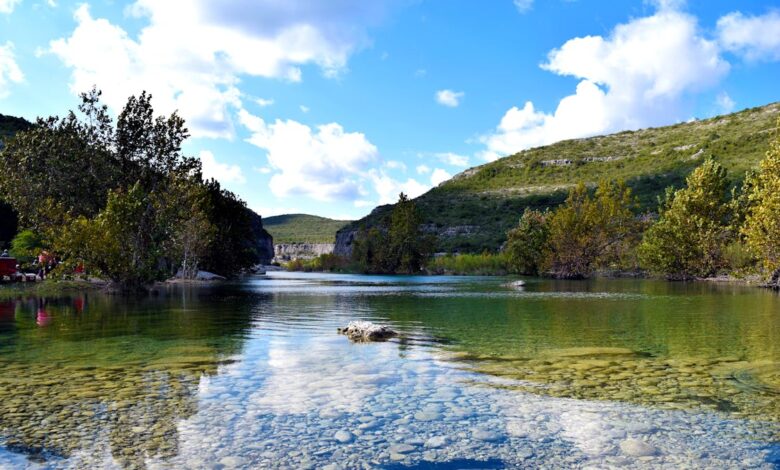How to Uncover the Secrets of average depth of lake tahoe

Average depth of lake tahoe, renowned for its clear and azure waters, is a natural wonder that draws millions of visitors each year. Beneath its glassy surface lies an underwater terrain veiled in mystery, and at the heart of this enigma is Tahoe’s average depth – an important ecological metric that not only resonates through the pristine waters of the lake but also shapes the average depth of lake tahoe experience of all who encounter its splendor.
Unlocking the Depths
Before we plumb the depths of Lake Tahoe, it’s essential to understand what average depth means and how it’s calculated. Average depth is determined by taking numerous depth readings at different points across the lake and then calculating their mean. This figure is not just a number; it symbolizes the overall volume of water present, which is crucial for the habitat’s ecological balance.
The Intricacies of Tahoe’s Depths
Lake Tahoe’s average depth is a startling 989 feet, with its maximum depth recorded at 1,645 feet. This signifies a deep and capacious body of water that harbors a treasure trove of biodiversity. The lake’s varying depths create distinct habitats for different species, each thriving in its own domain, from the rocky shallows to the abyssal plains.
Comparative Analysis with Global Lakes
When juxtaposed against the depth of other lakes worldwide, Tahoe’s profound depths come to light. Many lakes are known for their depth, but Tahoe’s averages edge out even some of the deepest, making it an unparalleled reservoir of freshwater. This comparison underscores the significance of Tahoe depth in the global context of inland water bodies.
The Environmental Evolution of Depth
The natural fluctuation in Lake Tahoe’s depth is not an isolated phenomenon but a barometer of the changing environmental landscape. It responds to variations in precipitation, runoffs, and climatic cycles. Understanding this evolution is critical in conserving Lake Tahoe’s delicate ecology, as it impacts everything from water purity to erosion rates.
Depths that Shape Tourism and Recreation
Beyond ecological implications, Lake Tahoe’s depths dictate the recreational experience and tourist appeal of the region. The deeper sections lend themselves to maritime exploration, scuba diving, and even research expeditions, all of which contribute to the local economy and cultural heritage tied to the lake.
Forecasting Future Depths
Peering into the future, the average depth of Lake Tahoe stands at the mercy of climate change and human impacts. Projections suggest alterations in snowmelt patterns, flashier storm events, and prolonged droughts that could reshape the lake’s profile. It beckons the question, what will become of Tahoe grand depths in a changing world?
Conclusion: Delving Deeper Than the Surface
The average depths of Lake Tahoe are not mere statistics; they are the essence of its being, shaping its ecological health, recreational spirit, and future sustainability. By unraveling this submerged mystery, we gain a deeper appreciation for one of nature’s most magnificent creations.
